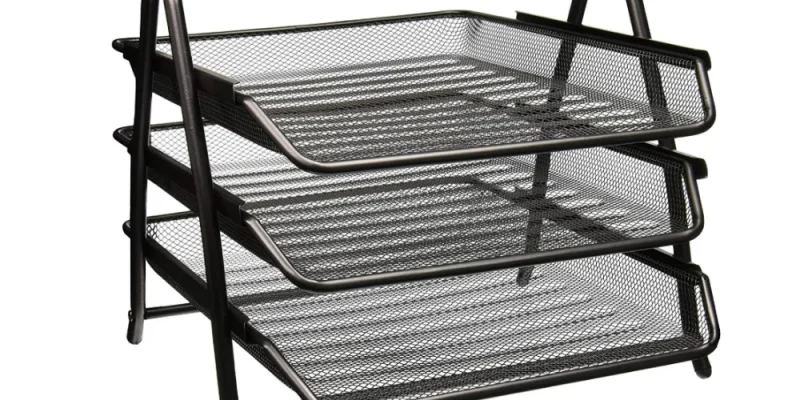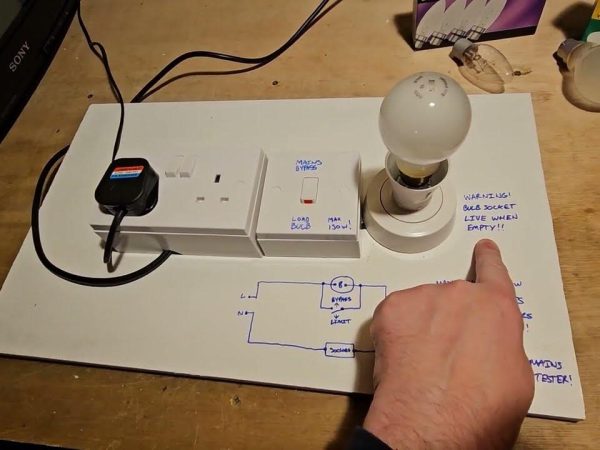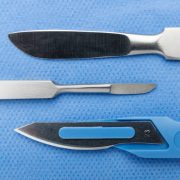Desk File: The Ultimate Guide to Desk File Organizers for a Clutter-Free Workspace

Whether you work from home or in a corporate office, desk clutter can be a major productivity killer. One of the simplest yet most powerful tools to keep your workspace organized is the desk file. From file trays to vertical organizers, a desk file helps streamline paperwork, reduce stress, and maintain a clean, professional space.
In this article, we’ll explore everything you need to know about desk files—types, benefits, organizing tips, and recommendations—so you can create a workspace that works for you.
What Is a Desk File?
A desk file is a type of desk organizer designed to hold and sort papers, documents, folders, and office supplies. It can be a file tray, a vertical file holder, or a multi-compartment unit that sits on top of your desk, helping you manage paperwork efficiently.
Benefits of Using a Desk File
Here’s why every professional should consider adding a desk file to their workstation:
- Clutter Reduction: Keeps documents from piling up.
- Improved Workflow: Easier to access important papers.
- Time Saving: Less time spent searching for lost documents.
- Professional Appearance: A tidy desk looks polished and focused.
- Custom Organization: Sort by urgency, project, or category.
Types of Desk Files
There are many variations of desk files available based on material, structure, and functionality:
Horizontal File Trays
Stacked trays that allow you to separate documents by level (e.g., In, Out, To Review).
Vertical File Holders
Stand-up file organizers perfect for folders, magazines, or catalogs.
Drawer-Style Desk Files
Multi-drawer containers that store documents securely while freeing up surface space.
Rotating Desk Files
These spinning units are great for shared workspaces or people with limited space.
Hanging File Organizers
Attached to the wall or side of the desk—ideal for minimalists.
How to Choose the Right Desk File
When shopping for a desk file, consider these factors:
- Size: Fit for your desk and volume of paperwork.
- Material: Options include metal (durable), wood (aesthetic), and plastic (affordable).
- Design: Open-top for easy access or enclosed for privacy.
- Capacity: How many documents or folders it can hold.
- Adjustability: Modular systems allow you to expand as needed.
Best Practices for Desk File Organization
- Label Everything – Use labels for each tray or folder: Urgent, Reference, Archive, etc.
- Declutter Weekly – Remove outdated papers and archive what’s not needed daily.
- Color Code by Category – Use colored folders or tabs for clients, projects, or departments.
- Keep It Visible but Neat – Place your desk file within arm’s reach but not in the way.
- Use Vertical Space – If you have a small desk, go tall with stackable or vertical file organizers.
Desk File Ideas for Different Workspaces
| Workspace Type | Ideal Desk File |
| Home Office | Wood or fabric file trays for a cozy aesthetic |
| Corporate Desk | Sleek metal or acrylic trays for a modern look |
| Student Desk | Lightweight plastic or cardboard file organizers |
| Creative Studios | Rotating or color-coded desk file systems |
| Minimalist Setups | Hanging file folders or under-desk drawer files |
Top-Rated Desk File Products (2024 Picks)
- AmazonBasics Mesh Desk File Organizer
Material: Metal
Style: Horizontal trays
Best for: Budget buyers
- Safco Onyx Vertical Organizer
Material: Steel mesh
Features: 5 upright sections
Best for: Office professionals
- Tru Red Stackable File Trays
Material: Plastic
Customizable: Yes
Best for: Modular organization
- Yamazaki Tower File Box
Material: Steel + Wood
Style: Minimalist
Best for: Home offices
Desk File for Business Use
In office settings, desk files are essential for:
- Client Management: One file tray per client or case.
- Task Prioritization: Urgent documents can be placed on the top tray.
- Team Collaboration: Shared desk file systems ensure seamless document flow.
SEO Keywords for Desk File Article
- Desk file organizer
- Best desk file systems
- Office desk file
- Desk file tray
- Desk file folder organizer
- Workspace organization tools
- How to organize desk files
- Buy desk file online
Conclusion
A desk file may seem like a minor detail, but it can be a game-changer for personal productivity and workplace organization. Whether you need to keep your tasks straight or simply want to reduce visual clutter, desk file organizers are a smart investment for any type of professional setting.
Start small with one tray—or go all in with a full modular system—and watch your productivity soar.
FAQs
1. What is a desk file used for?
A desk file helps you organize papers, folders, and office supplies efficiently so you can maintain a clutter-free workspace.
2. What types of desk files are best for small spaces?
Vertical file holders and wall-mounted desk files work best for compact workspaces.
3. Can a desk file help with time management?
Yes, by sorting tasks and documents by urgency, a desk file can reduce wasted time and increase focus.
4. Are desk files only for office use?
Not at all—desk files are also perfect for home offices, students, and creatives.
5. How do I maintain an organized desk file?
Schedule a weekly review, use labels, and categorize papers to avoid build-up and confusion.
Also read: Gemmill Lane: A Hidden Gem in the Heart of Singapore’s Nightlife Scene











